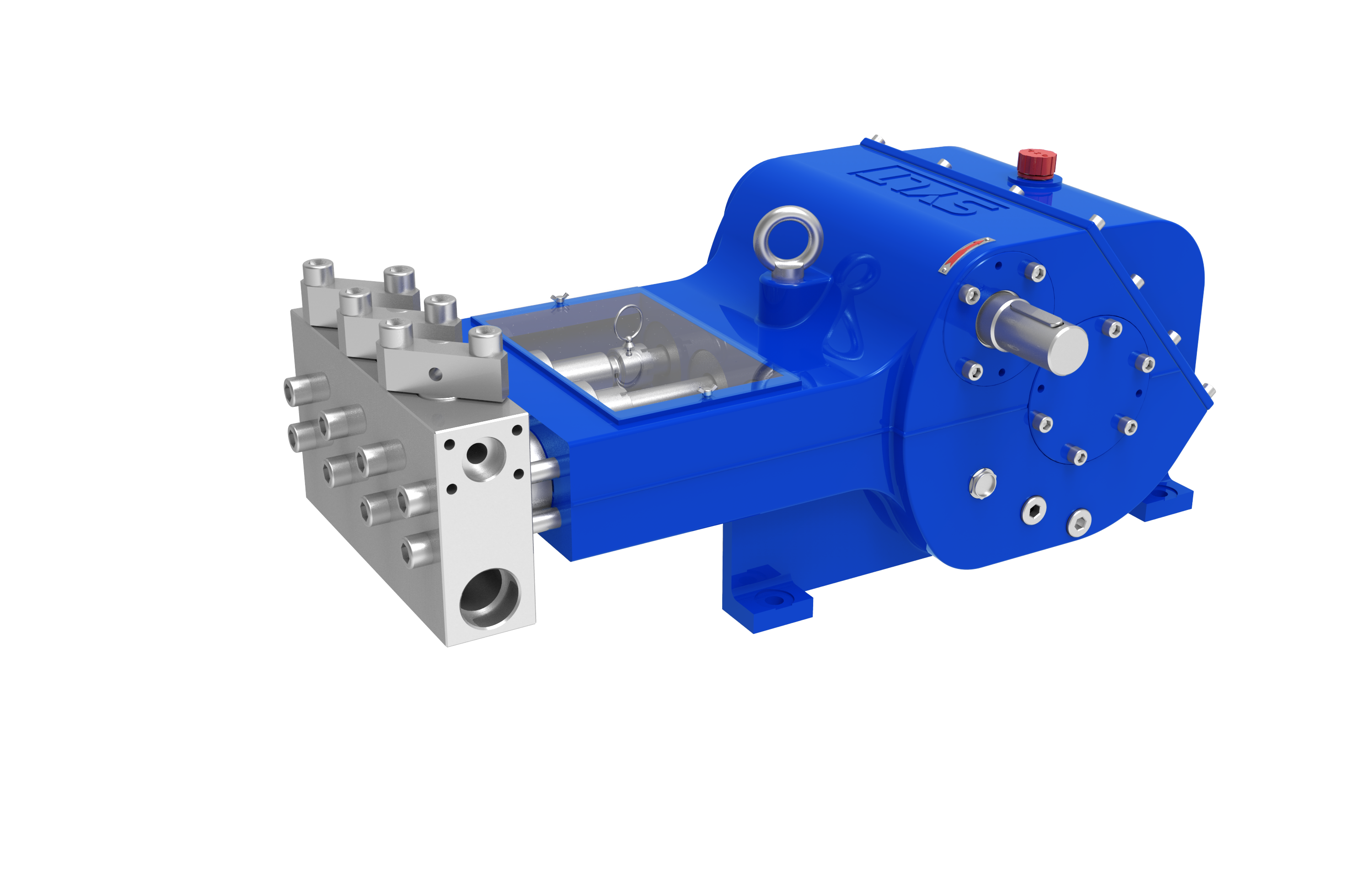Below, I will comprehensively elaborate on the application of high-pressure cleaning in deck and cabin cleaning, covering aspects such as its operational advantages, specific application scenarios, cleaning procedures, key considerations, and equipment selection.
I. The Main Advantages of High-Pressure Cleaning in Deck and Cabin Washing
Efficient and time-saving High-pressure water jets deliver powerful impact, enabling rapid removal of stubborn oil stains, rust, marine organism residues, and chemical buildups from deck surfaces. Compared to traditional manual scrubbing methods, this approach can significantly boost efficiency—by several times, or even dozens of times.
Thoroughly clean Water flow can penetrate the gaps, corners, and rough surfaces of the deck, achieving thorough cleaning without any blind spots—something that is difficult to accomplish through manual washing.
Reduce costs Although there is an initial investment in equipment, in the long run, it significantly reduces the use of manpower, time, and cleaning agents, resulting in lower overall costs.
Environmental Protection and Emission Reduction By adjusting the pressure and using different types of eco-friendly cleaning agents, it is possible to reduce or even eliminate the need for highly corrosive chemicals. Additionally, the wastewater generated after cleaning becomes easier to collect and treat, ensuring compliance with marine environmental regulations.
Protect the deck substrate Compared to aggressive methods such as mechanical grinding and steel brushing, proper operation of high-pressure cleaning can prevent excessive damage to deck coatings (such as deck paint) and the underlying metal substrate, thereby extending the service life of the deck.
Enhance Job Safety A clean deck significantly increases friction, effectively preventing crew members from slipping and sustaining injuries, especially in wet or adverse sea conditions.
II. Specific Application Scenarios
Bulk Cargo Hold Cleaning :
Residual cargo : Remove residues of goods such as grain, mineral powder, coal, and more. For highly adhesive materials, a hot-water high-pressure washer combined with specialized cleaning agents may be required.
Bulkheads and bottom structures Clear away clumped goods and dust.
Routine Maintenance of Deck Surfaces :
Open Deck Remove salt, dust, bird droppings, rust, and light oil stains.
Cargo Hatch : Remove accumulated dust, rust, and old coatings to prepare for repainting.
Deck Machinery Equipment Area Clean oil stains and rust around the winch, anchor windlass, and mooring equipment.
Container Ship Deck :
Clean up any spilled chemicals, dust, or other residues during transportation to prevent corrosion of the deck.
III. Standard Cleaning Procedure
Preparatory Work :
Safety First Operators must wear personal protective equipment, including non-slip shoes, safety goggles, waterproof clothing, gloves, and other necessary gear.
Risk Assessment Identify risks in the work area, such as working at heights, slippery surfaces, and confined spaces.
Equipment Inspection : Inspect the pressure washer, water hose, spray gun, and nozzle for any damage and ensure that all connections are secure.
Area Isolation Set up warning signs to prevent unauthorized personnel from entering the work area.
Pre-cleaning / Cleaning Use tools such as brooms and shovels to remove large debris and litter from the deck.
High-pressure flushing :
Select the nozzle Select the fan-shaped nozzle according to the type of dirt.
Adjust parameters Begin with lower pressure and gradually adjust to the appropriate level of both pressure and flow rate. For coated decks, maintain the pressure typically within the range of 1000–2000 psi (70–140 bar) to prevent damage to the coating.
Rinsing Sequence Follow the principle of "from top to bottom, and from far to near," ensuring that wastewater flows naturally toward the drain outlet.
Final Rinse Thoroughly rinse with clean water to remove all decomposed dirt and chemical residues.
Wastewater Treatment Typically, wastewater must be collected in dedicated tanks or barges and transported to onshore receiving facilities for treatment. Direct discharge into the sea is strictly prohibited.
Inspection and Finalization : Inspect the cleaning results and perform spot re-washing on areas that are not thoroughly cleaned.
Equipment for organization and storage.
IV. Key Considerations
Stress Management : "It's not always better to have higher pressure." Excessive pressure can severely damage the deck paint, the anti-slip granular layer, and even cause minute cracks on the metal surface, accelerating corrosion. Be sure to refer to the pressure values recommended by the deck coating manufacturer.
Spray Gun Operation :
Always maintain an appropriate distance (typically 20–30 cm) and angle between the spray gun and the deck surface.
Avoid pointing the spray gun at people, electrical equipment, windows, and seals.
Work in Confined Spaces In enclosed spaces such as cargo holds, forced ventilation and continuous gas monitoring must be conducted to prevent oxygen deficiency or the accumulation of flammable/toxic gases. Safety voltage equipment must be used, or strict measures must be implemented to protect against electric shock.
Environmental Protection Strictly adhere to pollution prevention regulations and properly manage wastewater containing oil and chemicals.
Summarize
High-pressure cleaning technology offers an efficient, cost-effective, and relatively environmentally friendly solution for the cleaning and maintenance of ship deck surfaces. The key to its successful application lies in:
Select the appropriate equipment (Especially hot water high-pressure washers).
Establish and strictly adhere to rigorous safety and operational procedures. 。
Precise Control of Cleaning Parameters To achieve the optimal balance between cleaning effectiveness and substrate protection.
Always prioritize environmental protection. Properly manage wastewater in compliance with regulations.
By scientifically applying high-pressure cleaning, shipowners and operators can effectively maintain the vessel in optimal condition, ensure crew safety, and meet increasingly stringent environmental regulations.
The 17th China International Powder Metallurgy and Hard Alloy Exhibition
The 2025 17th China International Powder Metallurgy and Hard Alloy Exhibition from March 10-12, 2025, at the Shanghai World Expo Exhibition and Convention Center, Hall H1, B425. We welcome guests to visit.
"Private custom" product design, reliable and durable finished products
"Private custom" like product design, reliable and durable finished products, professional and timely after-sales service. It is the "three basic concepts" that the company adheres to from the beginning until today ".
Experienced market research team, independent product development concept
We have experienced mature market research team, independent product research and development concept, professional design and manufacturing technology so that the company's products can be adjusted according to the specific requirements of customers timely design







